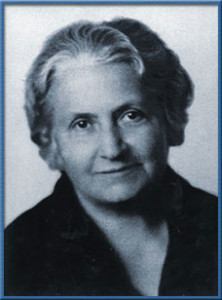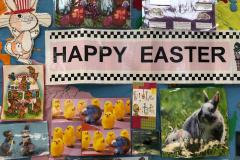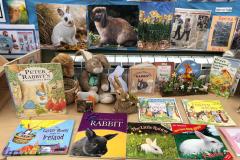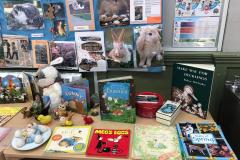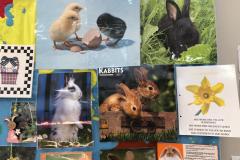The Montessori method of education is a foundation for life.
Maria Montessori 1870 – 1952
Maria Montessori absorbed knowledge from her surroundings and gave rise the Montessori method of education.
Many of us are familiar with the term Montessori and know that it relates to the education and care of young children.
The Montessori classroom is divided into areas and each area serves a different purpose.
Practical Life – Creates independence, order, meaningful skills & coordination.
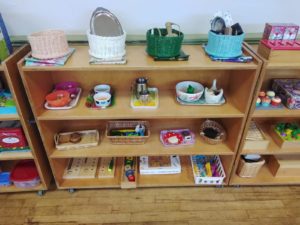 |
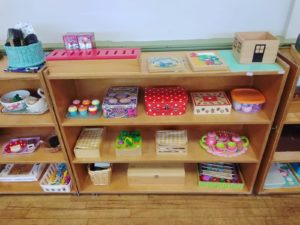 |
Sensorial – involves the development of the senses, similarities & contrasts.
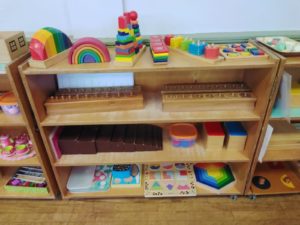 |
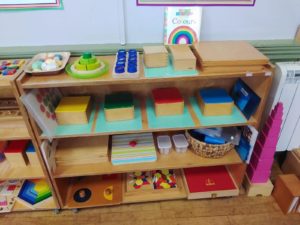 |
Maths – the foundation for cognitive development
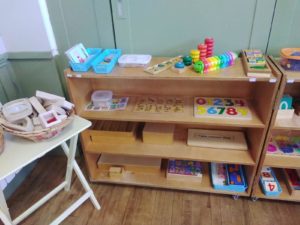 |
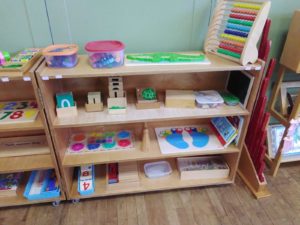 |
Language – reading & writing, phonetics, vocabulary development & communications skills
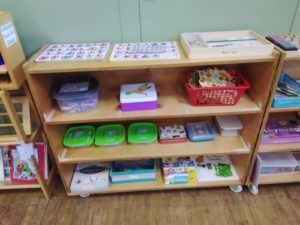 |
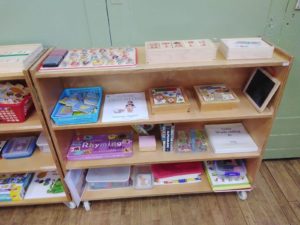 |
Library – This is a cosy corner for the children to unwind and look at their favourite books.
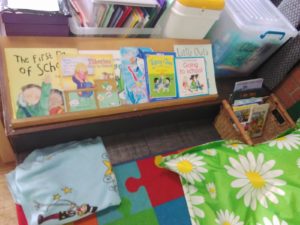 |
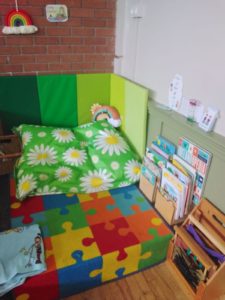 |
Science – build on natural curiosity in botany, zoology, chemistry, physics, geology and astronomy, as well as Geography, History & Culture.
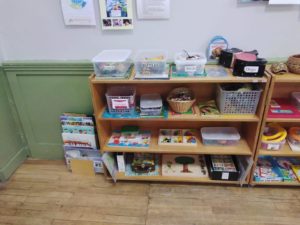 |
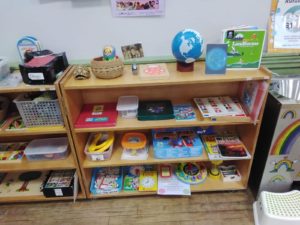 |
Interest / Nature Table – The children love this area as they are very interested to work with the new topic.
Through the Arts program, the children enjoy music and movement, the expression of feelings, fine and gross motor skills development. All of the furniture in the classroom is child sized to encourage the children to work freely and interact with their environment.
Dr Maria Montessori says:
“the secret of good teaching is to regard the child’s intelligence as a fertile field in which seeds may be sown, to grow under the heat of flaming imagination”
Maria Tecla Artemesia Montessori was an Italian physician and educator best known for the philosophy of education that bears her name and her writing on scientific pedagogy,

